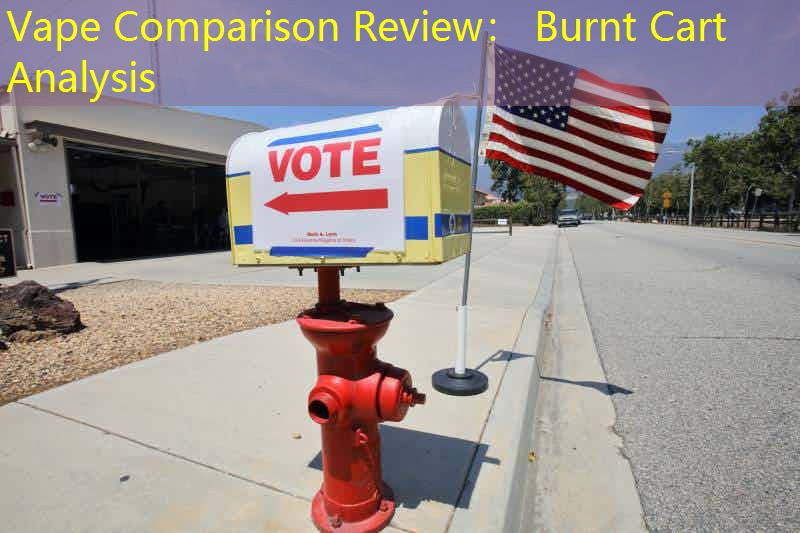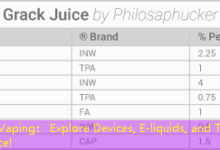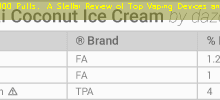body {
font-family: Arial, sans-serif;
line-height: 1.6;
background-color: f4f4f4;
color: 333;
}
h2 {
color: 5a5a5a;
}
table {
width: 100%;
border-collapse: collapse;
margin: 20px 0;
}
th, td {
padding: 10px;
text-align: left;
border: 1px solid ddd;
}
tr:nth-child(even) {
background-color: f2f2f2;
}
tr:hover {
background-color: ddd;
}
.highlight {
font-weight: bold;
}
Introduction: The Shift to Vaping and the Concept of Burnt Cart
In recent years, the rise of vaping has revolutionized the way individuals consume nicotine. Unlike traditional cigarettes, which involve burning tobacco, vaping utilizes e-liquids and electronic devices for inhalation. However, a concerning phenomenon known as a “burnt cart” has emerged within the vaping community. This term refers to the unintentional burning of the coil or wick in a vape device, leading to a burnt taste and potential harmful consequences. In this article, we will delve into the intricacies of what constitutes a burnt cart, the health implications of such incidents, and how users can avoid common pitfalls while enjoying their vaping experience.
Understanding Vaping and Its Components
To grasp the implications of a burnt cart, it’s essential to understand the basic components of a vape device. A typical vape setup consists of three main parts: the battery, the atomizer, and the e-liquid. The atomizer contains the coil and wick systems that heat the e-liquid. Understanding how these components interact is vital for preventing a burnt cart situation.
The Mechanics of a Burnt Cart
A burnt cart occurs when the coil in a vaping device overheats and scorches the wick, usually made of cotton or silica. This can happen for several reasons:

- Using a low-quality e-liquid.
- Inadequate wicking or improper coil installation.
- Insufficient battery power.
- Excessive vaping without proper breaks.
Each of these factors can lead to diminished flavor and a harsh, unpleasant experience.
Health Implications of a Burnt Cart
While vaping is often marketed as a safer alternative to smoking, a burnt cart can introduce new health risks. When the coil burns the wick material, harmful chemicals can be released:
- Formaldehyde: Known carcinogen that can emerge from overheated coils.
- Acrolein: An irritant that can affect lung function.
- Glycerin degradation products: These may produce harmful byproducts when burned.
Consequently, understanding the health risks associated with burnt carts is critical for users who want to maintain their well-being.
Preventing a Burnt Cart: Best Practices
Preventing a burnt cart is not only ideal for a better vaping experience, but it’s also crucial for health. Here are some straightforward practices to consider:
- Always ensure your wick is saturated before you begin vaping.
- Use high-quality e-liquids with appropriate VG/PG ratios.
- Replace coils regularly for optimal performance.
- Adjust your wattage settings according to the resistance of your coil.
By adhering to these practices, you can significantly reduce the chances of encountering a burnt cart.
Case Studies: The Real User Experiences
To shed light on real-world implications, we examined several case studies of vapers who experienced burnt carts. Here’s a comparative analysis of their experiences:
| User | E-Liquid Quality | Device Maintenance | Coil Type | Burnt Cart Experience |
|---|---|---|---|---|
| User A | High | Neglected | Sub Ohm | Frequent |
| User B | Medium | Regular | Mtl | Rarely |
| User C | Low | Occasionally | Rebuildable | Frequently |
Frequently Asked Questions
What causes a burnt cart when vaping?
A burnt cart is primarily caused by overheating the coil due to insufficient e-liquid delivery to the wick, using low-quality e-liquids, or inadequate equipment maintenance. It can be prevented with proper setup and regular maintenance of your vaping device.
How can I tell if my cart is burnt?
The most evident sign of a burnt cart is the unpleasant burnt taste during vaping. Additionally, you may notice a change in the color of the wick, which may appear darker or even charred. Frequent occurrences of reduced vapor production can also indicate that the coil is burned out.
Is there a way to fix a burnt cart?
Unfortunately, once a coil has burnt out, the only solution is to replace it. You cannot revive a burnt coil or wick, as they have been scorched beyond functional use. Regular maintenance can limit the chances of this issue arising in the first place.







